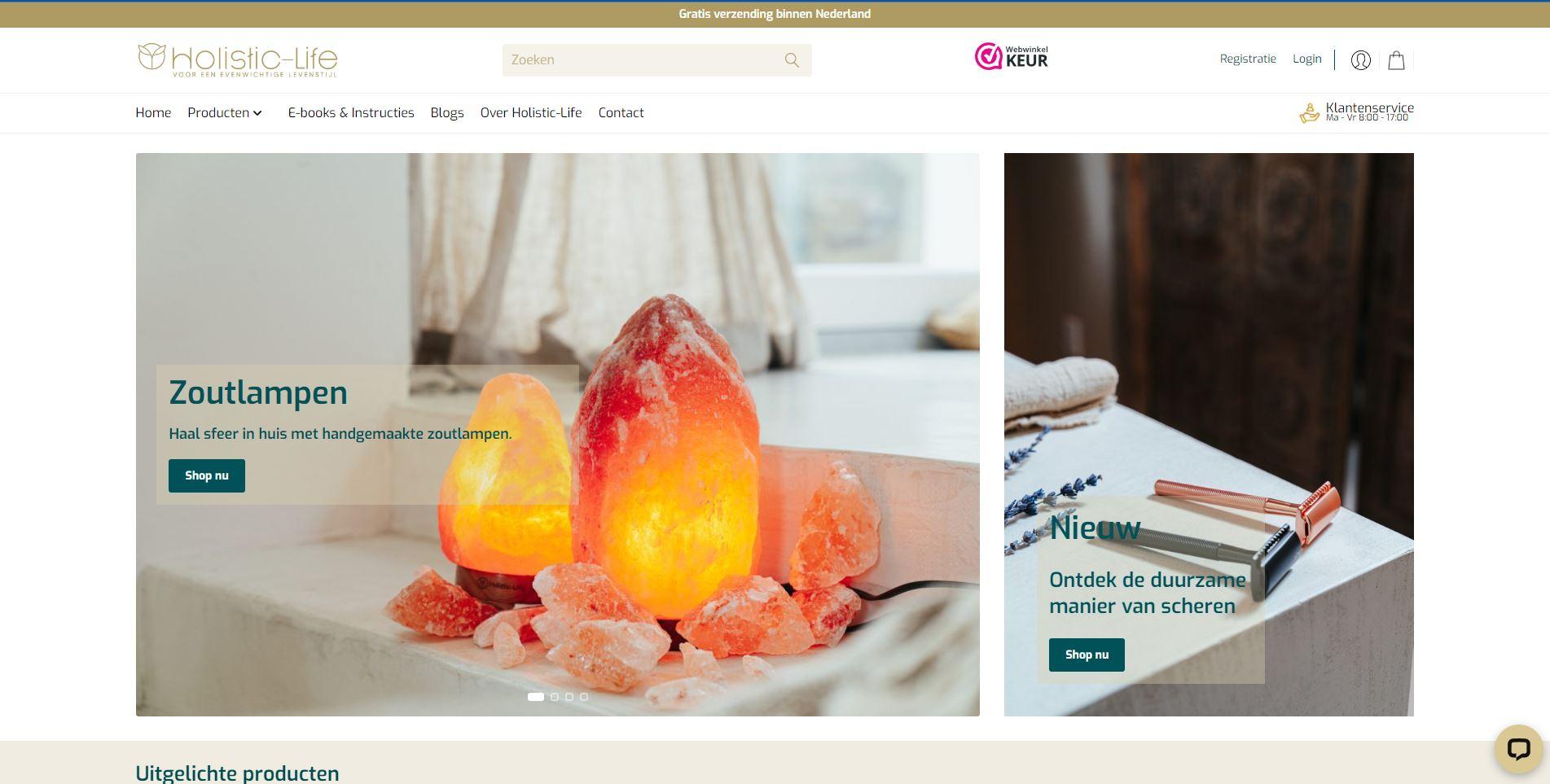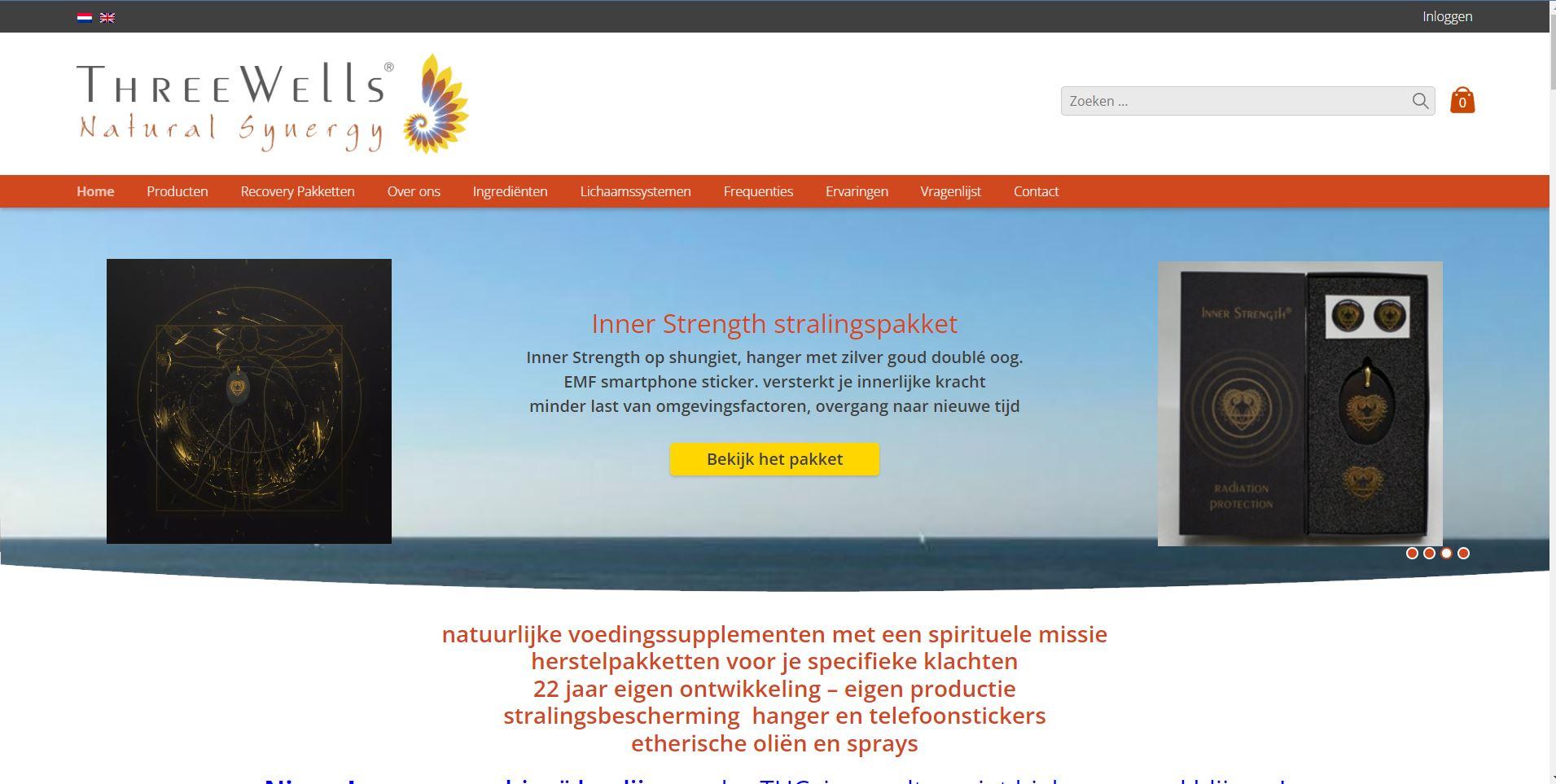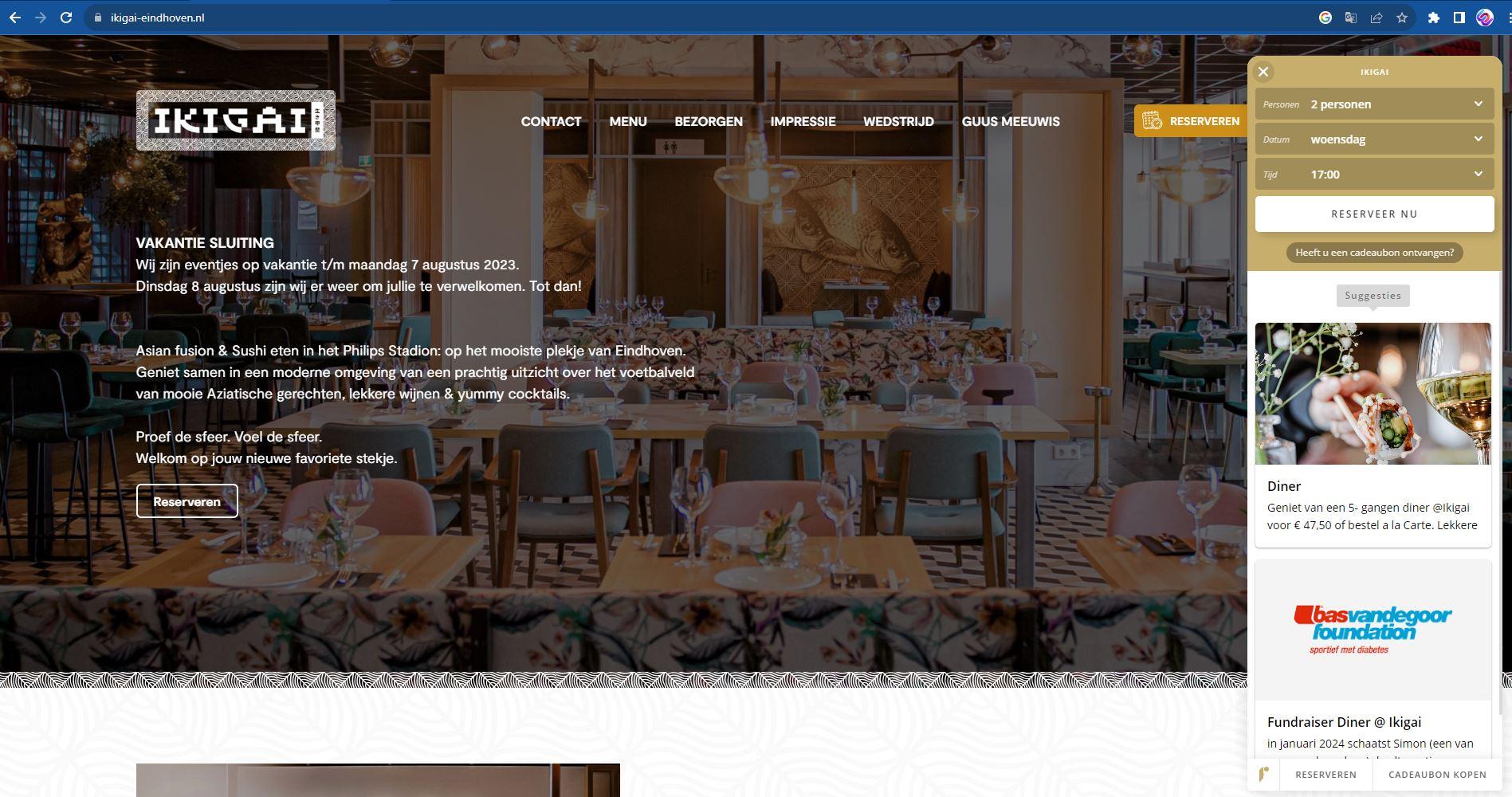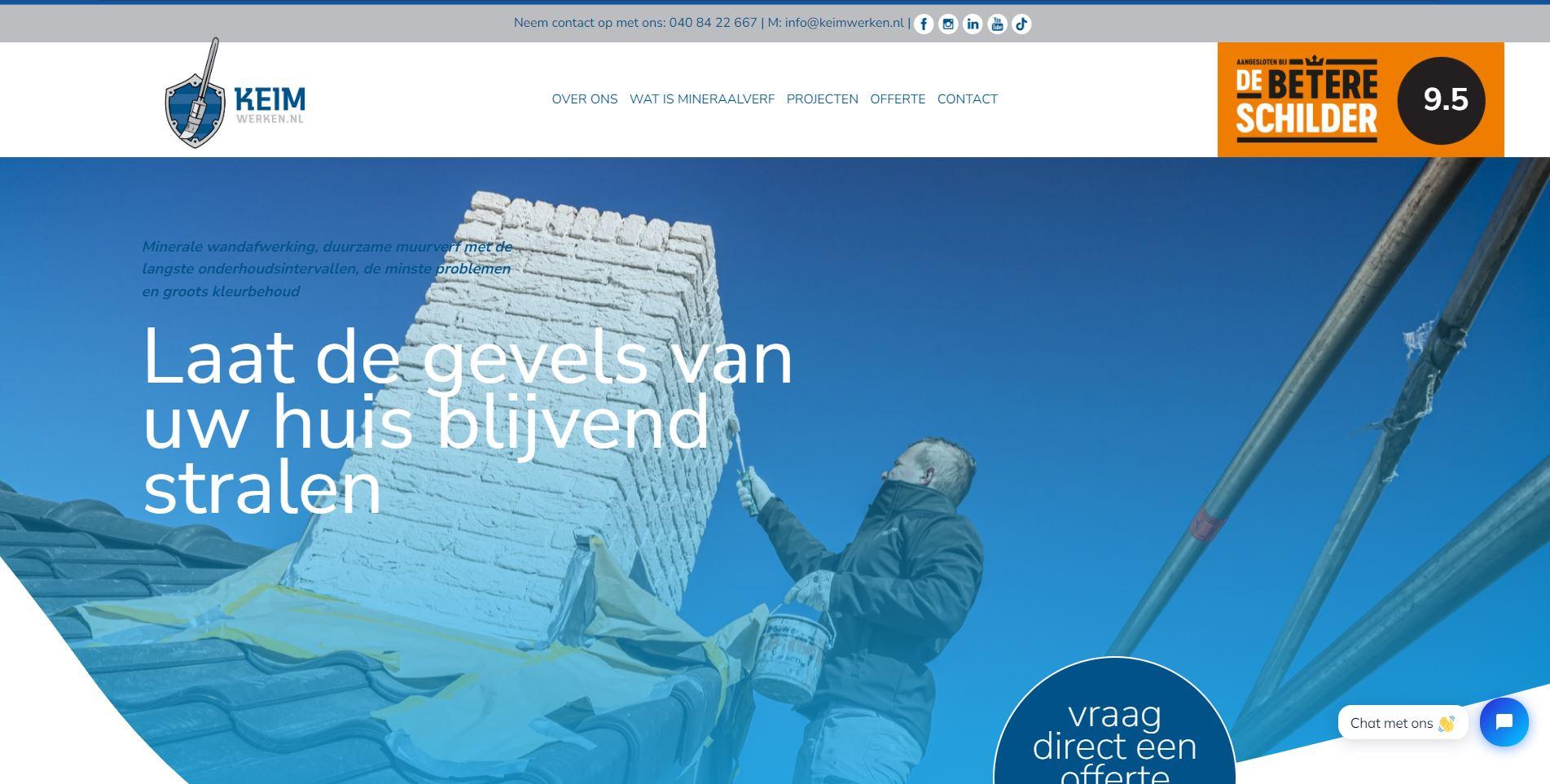In the ever-evolving landscape of online shopping, businesses are constantly seeking new ways to stand out and drive sales. Google Shopping has emerged as a powerful tool that can significantly enhance the visibility of your e-commerce products and drive targeted traffic to your website. In this article, we’ll delve into the world of Google Shopping, exploring its benefits, optimization strategies, and how you can leverage it to skyrocket your online business.
1. Introduction
In the digital age, traditional shopping methods are being rapidly replaced by online experiences. As an e-commerce entrepreneur, it’s crucial to stay ahead of the curve and make your products easily discoverable by potential customers. Google Shopping is a game-changer in this regard, enabling you to showcase your products directly in search results.
2. What is Google Shopping?
Google Shopping is a service provided by Google that allows businesses to display their products in a visually appealing manner at the top of relevant search results. It combines the power of Google Search with product images, prices, and links, creating a seamless shopping experience for users.
3. The Benefits of Google Shopping
Diving into Google Shopping offers a multitude of benefits. Firstly, it grants you higher visibility, as your products are showcased prominently. Secondly, it attracts more qualified leads, as users can see product details before even clicking. Moreover, it enhances the chances of conversion, as users are more likely to click on a visually appealing image.
4. Setting Up Your Google Merchant Center
To get started with Google Shopping, you need to set up a Google Merchant Center account. This platform acts as a hub for your product data and is essential for successful product listings.
5. Creating Product Feeds That Convert
Your product feed is the lifeline of Google Shopping success. It’s crucial to provide accurate, detailed, and up-to-date information about your products. Including high-quality images, clear titles, and compelling descriptions is key.
6. Optimizing Product Listings for Success
Effective product listings involve optimizing your titles and descriptions with relevant keywords. This improves the chances of your products appearing in relevant searches and boosts click-through rates.
7. Leveraging Google Ads for Enhanced Reach
Integrating your Google Shopping campaign with Google Ads can broaden your reach even further. Utilize pay-per-click (PPC) advertising to target specific keywords and demographics, driving highly relevant traffic.
8. Monitoring and Analyzing Performance
Regularly monitoring your Google Shopping campaign’s performance is essential. Analyze click-through rates, conversion rates, and other relevant metrics. Adjust your strategy based on the insights gained.
9. Best Practices for Google Shopping Success
- Optimize product images for clarity and visual appeal.
- Implement structured data markup to enhance product information.
- Regularly update product prices and availability.
- Use negative keywords to refine your targeting.
- A/B test different product feed attributes for optimal results.
10. Common Mistakes to Avoid
- Neglecting to update product information leads to misinformation.
- Overlooking negative keywords can result in irrelevant clicks.
- Poor-quality images and incomplete descriptions deter potential buyers.
- Ignoring performance data prevents you from refining your strategy.
11. Future Trends in Google Shopping
The landscape of e-commerce is continually evolving. Keep an eye on these trends:
- Enhanced augmented reality shopping experiences.
- Integration with voice search for hands-free shopping.
- Advanced AI-driven personalization for tailored recommendations.
12. Conclusion
Incorporating Google Shopping into your e-commerce strategy can significantly elevate your business. By showcasing your products directly in search results, you can attract more qualified leads, enhance conversions, and ultimately boost your revenue.









